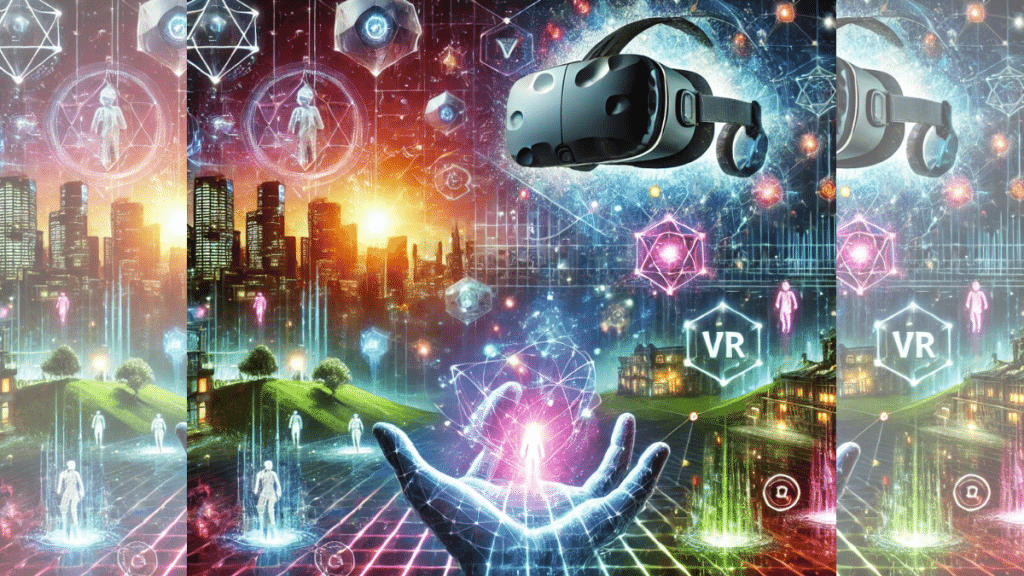Virtual reality is transforming gaming, shifting play from screens to interactive 3D worlds. VR lets players fully engage with digital environments, making games more immersive, creative, and dynamic. As VR tech advances, it reshapes experiences for both gamers and developers exploring new creative heights on site.
Evolution of Virtual Reality in Gaming
Virtual reality traces its roots back as early as the 90s where it first began with gaming. Such efforts at the time of history were brutally maligned, however, things like the Nintendo Virtual Boy quickly tainted three-dimensional visuals and first-person muddled with poor graphics, lack of interaction, or too-high prices.
In the 2010s, of course, we started seeing VR make something of a persistent return with several breakthroughs in gameplay. Here is a timeline highlighting some of the major milestones in the evolution of VR gaming:
- Early Beginnings: In 1995, the Nintendo Virtual Boy attempted its luck but was a failure due to the limitation of visuals and cost.
- Resurrection by Oculus Rift: The high-resolution graphics, faster processes, and better tracking in 2016 again brought VR from the grave. Major Player Inclusion: Sony and HTC joined the race after Oculus, providing headsets compatible with their respective game consoles.
- Advanced Headsets: Devices such as the Oculus Quest 2 boast high-resolution displays along with hand-tracking to create very realistic, immersive experiences. Industry Inclusion: Nowadays, developers around the world include VR in their work, making games more interactive and realistic than ever.
Enhancing Player Immersion Through VR
VR gaming amplifies player immersion in ways that no other gaming can. By allowing players to move, look, and generally interact with virtual objects, one provides life-like, 360-degree relations. In some VR gaming, such as Half Life: Alyx and Beat Saber, players don’t just watch-they participate. An intensified sense of immersion that VR elicits brings forth a great emotional linkage, creating uniqueness and personalization with each session of gaming.
Besides this, there is also spatial audio in VR technology that changes with players’ moves. In this way, it adds the sound layer to a game where some sounds come from certain directions, making it even more real. Combine all this with realistic graphics and responsive controls; VR will have players feel like they are inside the world of the game, not just outside observing it.
VR makes a whole new face in the field of gaming, raising the level of involvement and activity a player experiences. From simple early experiments to today’s sophisticated virtual reality, this technology has opened new dimensions for innovative game design, storytelling, and social interaction.
While many challenges remain, further advancement in VR will certainly make entering virtual worlds convincingly real in the near future. Virtual reality is changing the face of gaming, creating an exciting platform for both gamers and video game developers.
